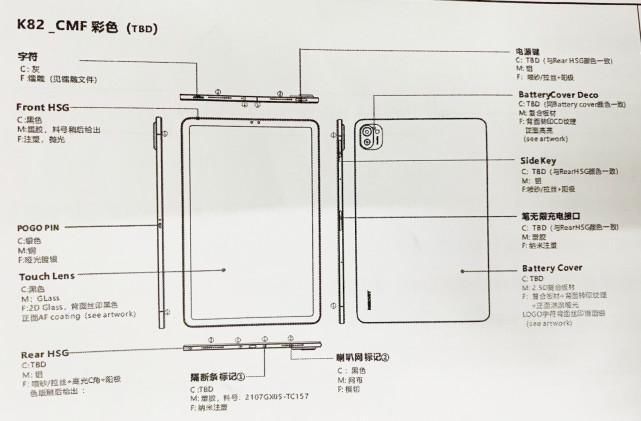数据结构09|数据结构09 哈夫曼树
作者:nnngu
GitHub:https://github.com/nnngu
博客园:http://www.cnblogs.com/nnngu
:https://www.jianshu.com/users/1df20d76ea5c
知乎:https://www.zhihu.com/people/nnngu/posts
这一篇要总结的是树中的哈夫曼树(Huffman Tree),我想从以下几点对其进行总结:
1、什么是哈夫曼树
2、如何构建哈夫曼树
3、哈夫曼编码
4、代码实现
1、什么是哈夫曼树
什么是哈夫曼树呢?
哈夫曼树是一种带权路径长度最短的二叉树,也称为最优二叉树。下面用一幅图来说明。

文章图片
【数据结构09|数据结构09 哈夫曼树】它们的带权路径长度分别为:
图a: WPL=5*2+7*2+2*2+13*2=54
图b: WPL=5*3+2*3+7*2+13*1=48
可见,图b的带权路径长度较小,我们可以证明图b就是哈夫曼树(也称为最优二叉树)。
2、如何构建哈夫曼树
一般可以按下面步骤构建:
(1)将所有左,右子树都为空的节点作为根节点。
(2)在森林中选出两棵根节点的权值最小的树作为一棵新树的左,右子树,且置新树的根节点的权值为其左,右子树上根节点的权值之和。注意,左子树的权值应小于右子树的权值。
(3)从森林中删除这两棵树,同时把新树加入到森林中。
(4)重复2、3步骤,直到森林中只有一棵树为止,此树便是哈夫曼树。
下面是构建哈夫曼树的图解过程:

文章图片
3、哈夫曼编码
利用哈夫曼树求得的用于通信的二进制编码称为哈夫曼编码。树中从根到每个叶子节点都有一条路径,对路径上的各分支约定指向左子树的分支表示”0”码,指向右子树的分支表示“1”码,取每条路径上的“0”或“1”的序列作为各个叶子节点对应的字符编码,即是哈夫曼编码。
就拿上图例子来说:
A,B,C,D对应的哈夫曼编码分别为:111,10,110,0
用图说明如下:

文章图片
4、代码实现
代码:
节点类 Node.java
/**
* 节点类
*/
public class Node implements Comparable {
private int value;
private Node leftChild;
private Node rightChild;
public Node(int value) {
this.value = https://www.it610.com/article/value;
}public int getValue() {
return value;
}public void setValue(int value) {
this.value = value;
}public Node getLeftChild() {
return leftChild;
}public void setLeftChild(Node leftChild) {
this.leftChild = leftChild;
}public Node getRightChild() {
return rightChild;
}public void setRightChild(Node rightChild) {
this.rightChild = rightChild;
}public int compareTo(Object o) {
Node that = (Node) o;
double result = that.value - that.value;
return result> 0 ? 1 : result == 0 ? 0 : -1;
}
}HuffmanTreeBuilder.java
import java.util.ArrayList;
import java.util.Arrays;
import java.util.Collections;
import java.util.List;
/**
* 哈夫曼树构造类
*/
public class HuffmanTreeBuilder {
public static void main(String[] args) {
List nodes = Arrays.asList(
new Node(1),
new Node(3),
new Node(5),
new Node(7)
);
Node node = HuffmanTreeBuilder.build(nodes);
printTree(node);
}/**
* 构造哈夫曼树
*
* @param nodes 节点集合
* @return 构造出来的树的根节点
*/
private static Node build(List nodes) {
nodes = new ArrayList(nodes);
sortList(nodes);
while (nodes.size() > 1) {
createAndReplace(nodes);
}
return nodes.get(0);
}/**
* 组合两个权值最小节点,并在节点列表中用它们的父节点替换它们
*
* @param nodes 节点集合
*/
private static void createAndReplace(List nodes) {
Node left = nodes.get(0);
Node right = nodes.get(1);
Node parent = new Node(left.getValue() + right.getValue());
parent.setLeftChild(left);
parent.setRightChild(right);
nodes.remove(0);
nodes.remove(0);
nodes.add(parent);
sortList(nodes);
}/**
* 将节点集合由小到大排序
*
* @param nodes
*/
private static void sortList(List nodes) {
Collections.sort(nodes);
}/**
* 打印树结构,显示的格式是node(left,right)
*
* @param node
*/
public static void printTree(Node node) {
Node left = null;
Node right = null;
if (node != null) {
System.out.print(node.getValue());
left = node.getLeftChild();
right = node.getRightChild();
System.out.println("(" + (left != null ? left.getValue() : " ") + "," + (right != null ? right.getValue() : " ") + ")");
}
if (left != null) {
printTree(left);
}
if (right != null) {
printTree(right);
}
}
} 运行结果:

文章图片
推荐阅读
- 【生信技能树】R语言练习题|【生信技能树】R语言练习题 - 中级
- java中如何实现重建二叉树
- 种树郭橐驼传(文言句式+古今异义+词类活用+通假字)
- 白杨树
- 08黑龙江迟淑荣弯柳树网络学院第五期学习赵宗瑞老师主讲的(传统文化与身心健康)教育体系心得体会
- [原创]能见沂山一棵树,胜读十年无用书!
- 涵养字外功
- 2018.07.07《刺杀骑士团长》村上春树
- 二叉树路径节点关键值和等于目标值(LeetCode--112&LeetCode--113)
- 撒哈拉沙漠-三毛













